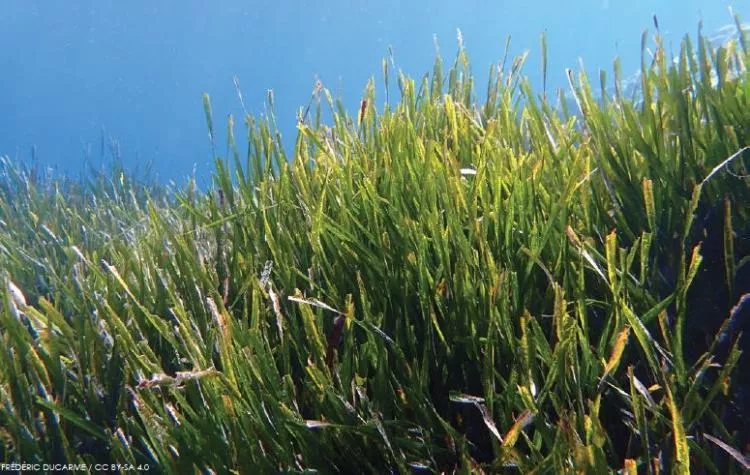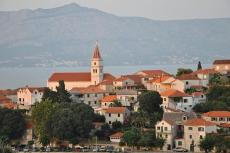Seagrasses are natural carbon dioxide sink, thanks to symbiotic bacteria
Thanks to a symbiosis between seagrass and a nitrogen-fixing marine bacterium, seagrasses remove large amounts of carbon dioxide from the atmosphere and store it in the ecosystem.
Seagrasses need nutrients to thrive, particularly nitrogen (N). Up to now, it has been assumed that the nitrogen is taken up by the seagrasses through leaves and roots from the surrounding seawater and sediment. However, in many of the regions where seagrasses are most abundant, there is little nitrogen to be found.
Furthermore, while nitrogen is abundant in the sea in its elemental form (N2), seagrasses cannot use it in this form.
Researchers now show that seagrasses in the Mediterranean Sea live in symbiosis with bacteria that reside in their roots and provide the nitrogen necessary for growth. These bacterial symbionts convert N2 gas into a form that the plants can use.
New species
The bacteria that live in the seagrass roots are a new discovery. The team named them Celerinatantimonas neptuna, after their host, the neptune grass (Posidonia oceanica). Such symbioses were previously only known in land plants. But since seagrasses evolved around 100 million years ago from terrestrial flowering plants
that migrated back to the sea, perhaps such symbiosis is not all that surprising.
The N2 fixation is generally assumed to take place in the surrounding sediment by microorganisms that are associated with either the rhizosphere/rhizoplane (rhizoplane is the plant root surface) or with animals residing in the seagrass meadows.
By contrast, terrestrial plants that thrive in N-poor habitats often enter more intimate, mutually beneficial interactions with N2-fixing bacteria. The bacteria usually reside within the plant tissue, and the interaction between these symbionts and their plant hosts is genetically complex, relying on sophisticated communication and metabolite exchange.
























